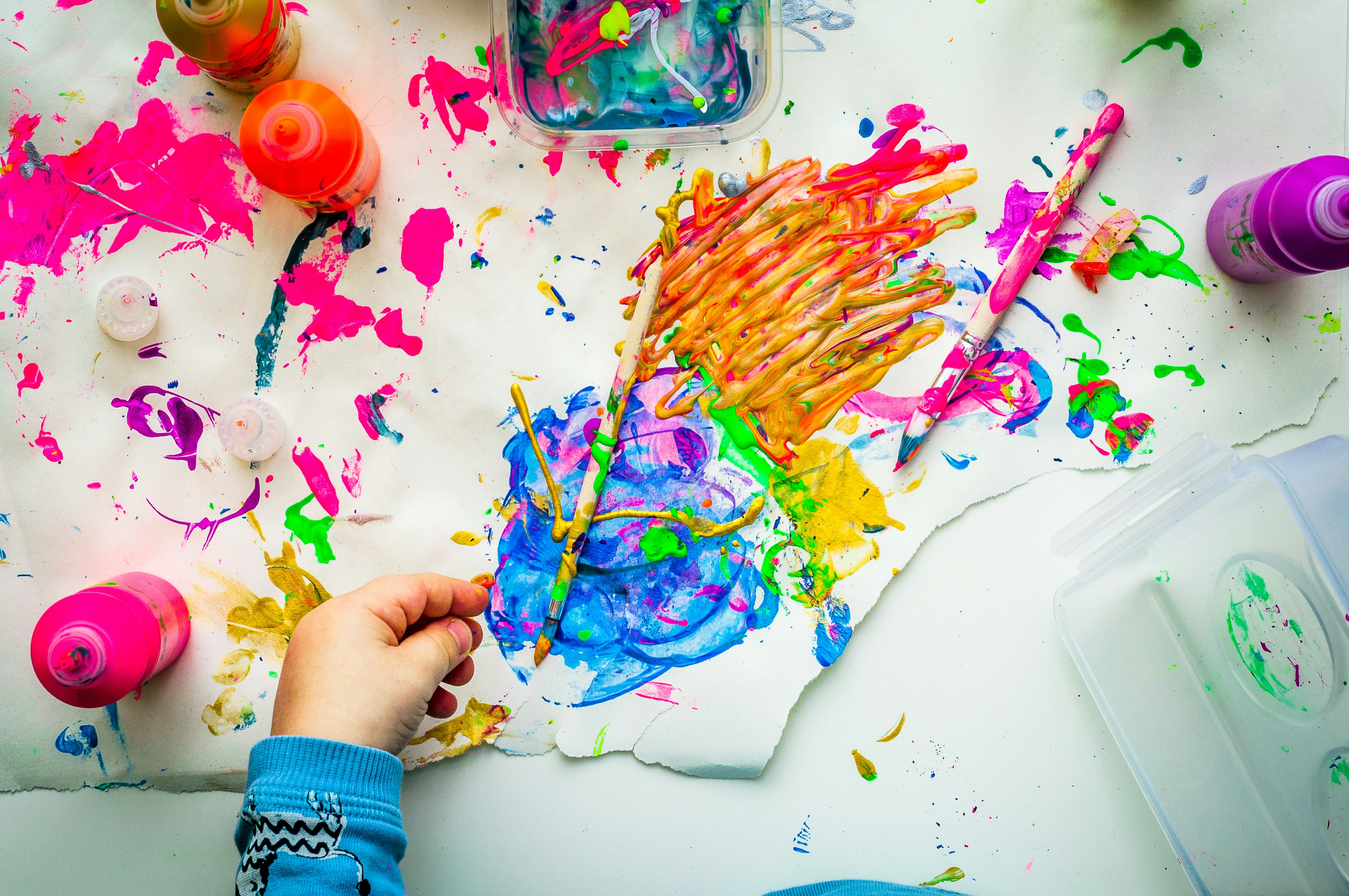It feels as though the world is talking about nothing else, with wild proclamations being made that human creativity is dead and how entire creative industries will collapse. That’s not just unrealistic, it’s actually counter to the reason anyone would use technology creatively.
The hype train is going so fast, someone needs to step back and reassess the bigger picture of how AI will fit in with our lives in the future.
It isn’t the first time people have made unrealistic claims about the potential effects of a brand new, disruptive technology. Perhaps the web itself is the best example. As adoption gathered pace in the early 90s, it led to some people making ridiculous predictions.
Some believed that opening up unfettered free access to information via the web’s endless maze of hypertext links would topple oppressive governments, who would no longer be able to contain the will of their populations. Thirty years later it’s undoubtedly clear the web has changed our lives, but it definitely hasn’t turned out like that. I expect that in time the current AI hype train will somewhat resemble those early predictions about the web.
Prequel’s aim is to open up graphics creativity so anyone can create fantastic-looking imagery. Some of our visual effects for photo and video content use AI, thanks to our in-house machine learning technology. But AI is not Prequel’s end goal, it is merely one of our many tools that help our users to create great-looking imagery without having to turn to traditional desktop-based graphics applications.
In this sense, the way we currently use AI is how we predict the wider technology being adopted in the future across all industries - not replacing human ability, but augmenting it.
More specifically, AI is not performing any tasks that are impossible for a human, and not achieving exactly the same results. Instead its USP is reducing the amount of labor required to perform those tasks. This alone is why it’s so incredibly disruptive, but it is not magic or some dark art.
Cars replaced travel via horseback for the same reason. Both modes of transport get you from A to B, but one is considerably more efficient and saves time, which is the most precious of all commodities. Mundane everyday appliances such as dishwashers and microwave ovens could be described in an identical way, as can the replacement of paper filing systems with databases.
This more realistic assessment of new technology in no way diminishes its impact. We’re incredibly enthusiastic about the possibilities of AI and machine learning, and we love seeing what new, creative uses people are finding for it.
We believe that those possibilities make visual machine learning one of the world’s most exciting industries right now, and we’re looking forward to what the future holds. Social media is moving towards sharing visual content through video and photos, and with Prequel we’re empowering everyone to be creative though imagery, which will help meet the explosive growth in demand for exciting content.
Timur Khabirov is an American entrepreneur and designer, co-founder and CEO of Prequel Inc., the company behind the Prequel mobile photo editing app. For more information about Prequel visit www.prequel.app











